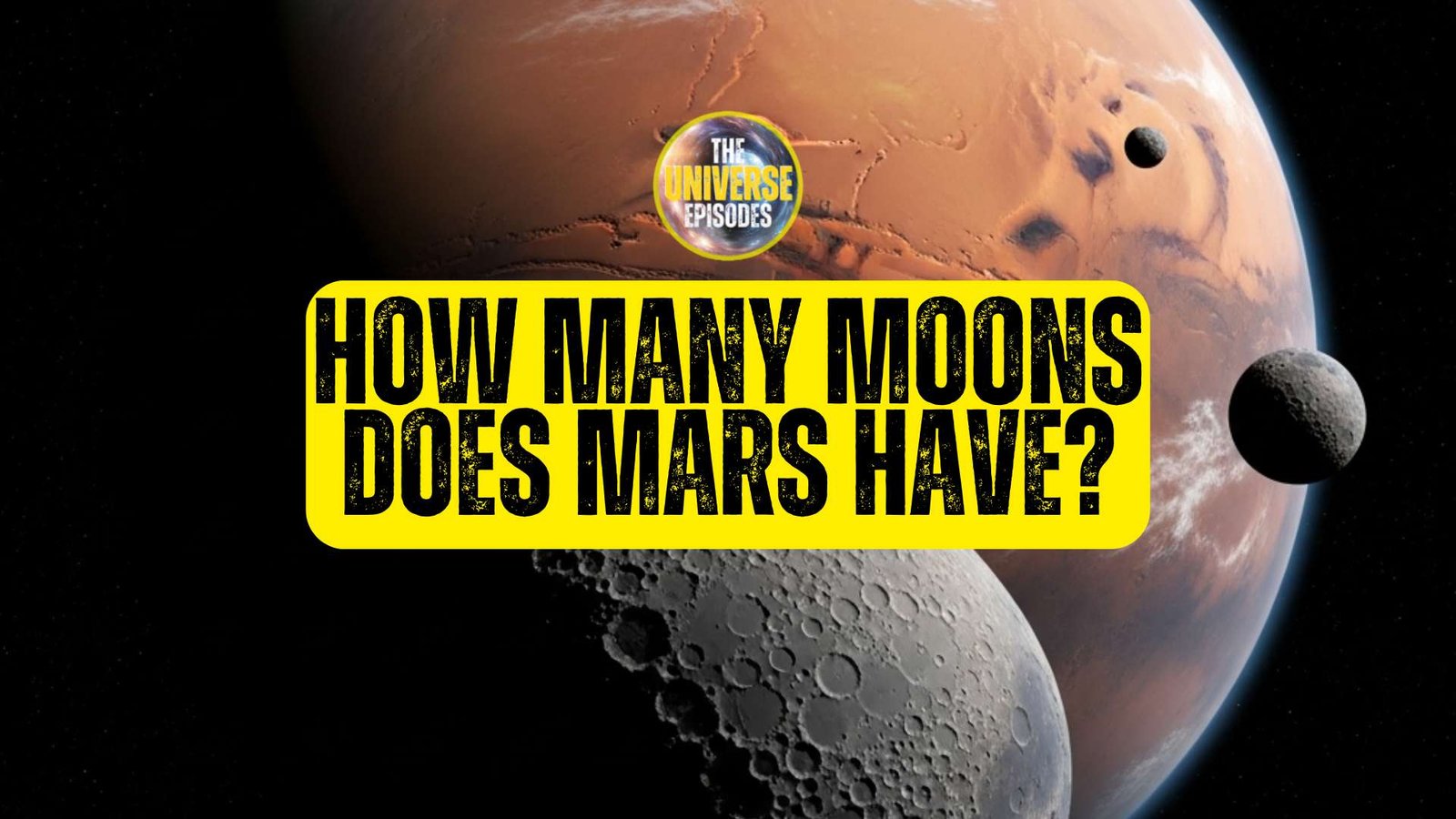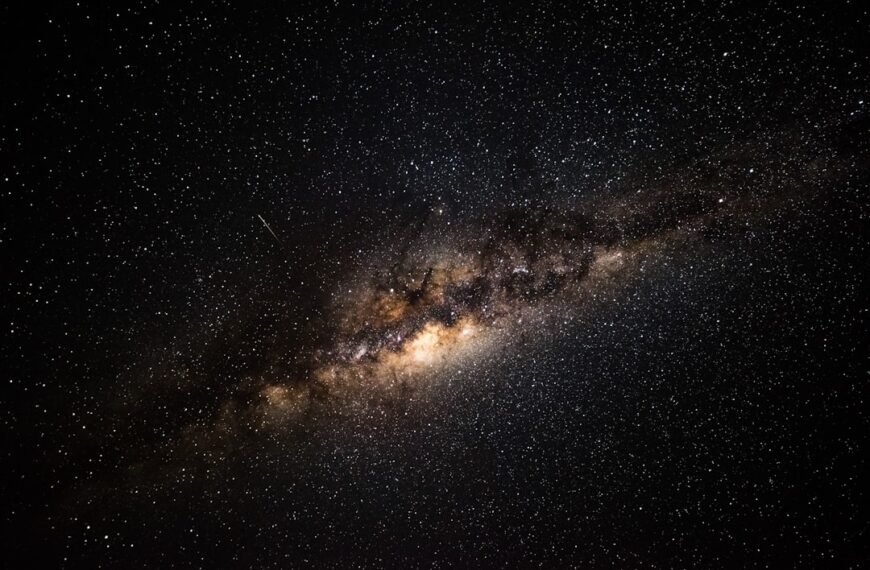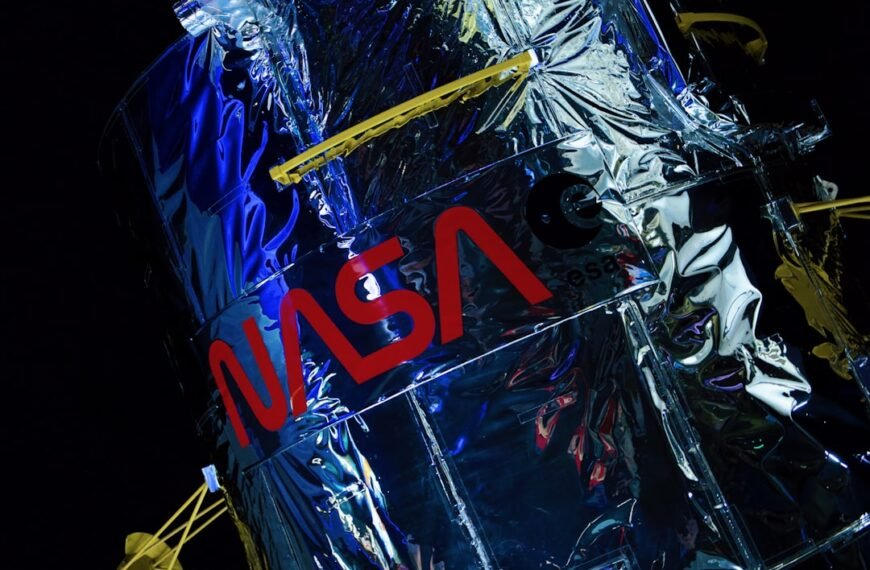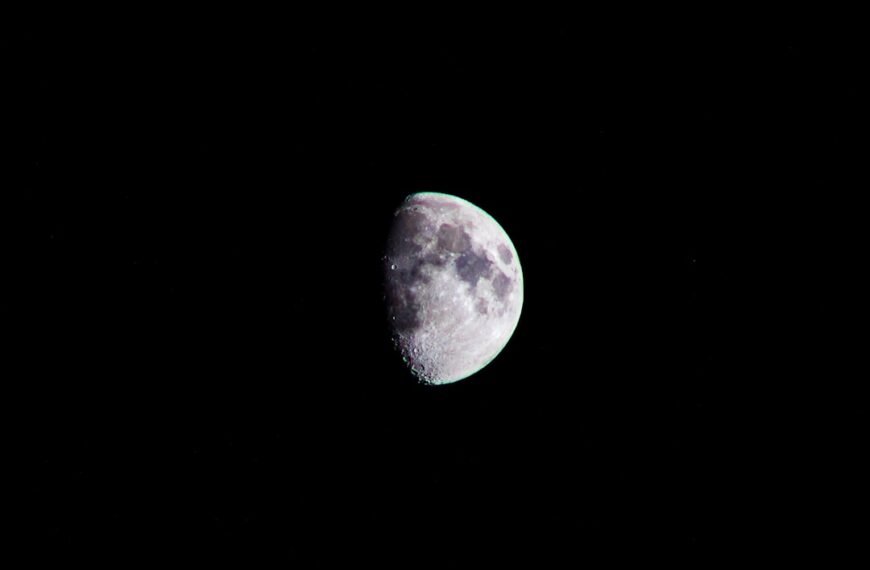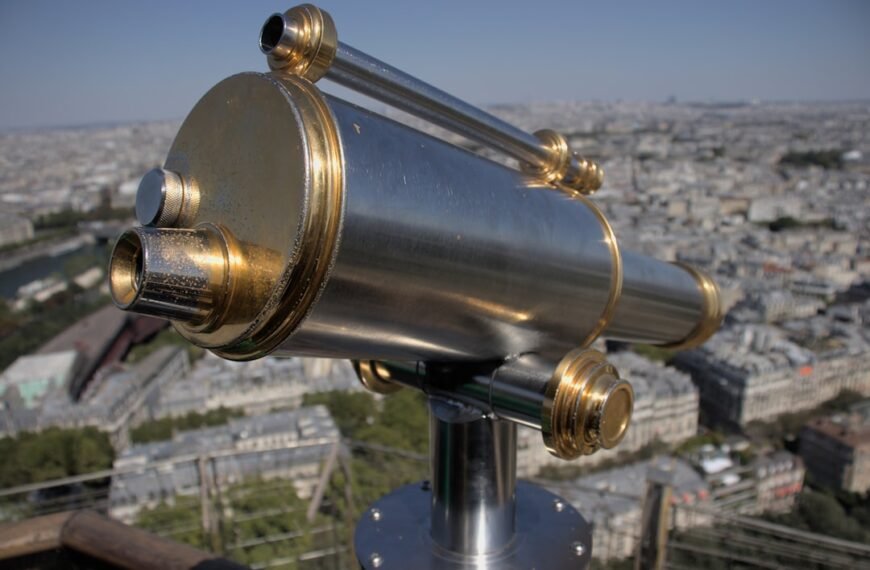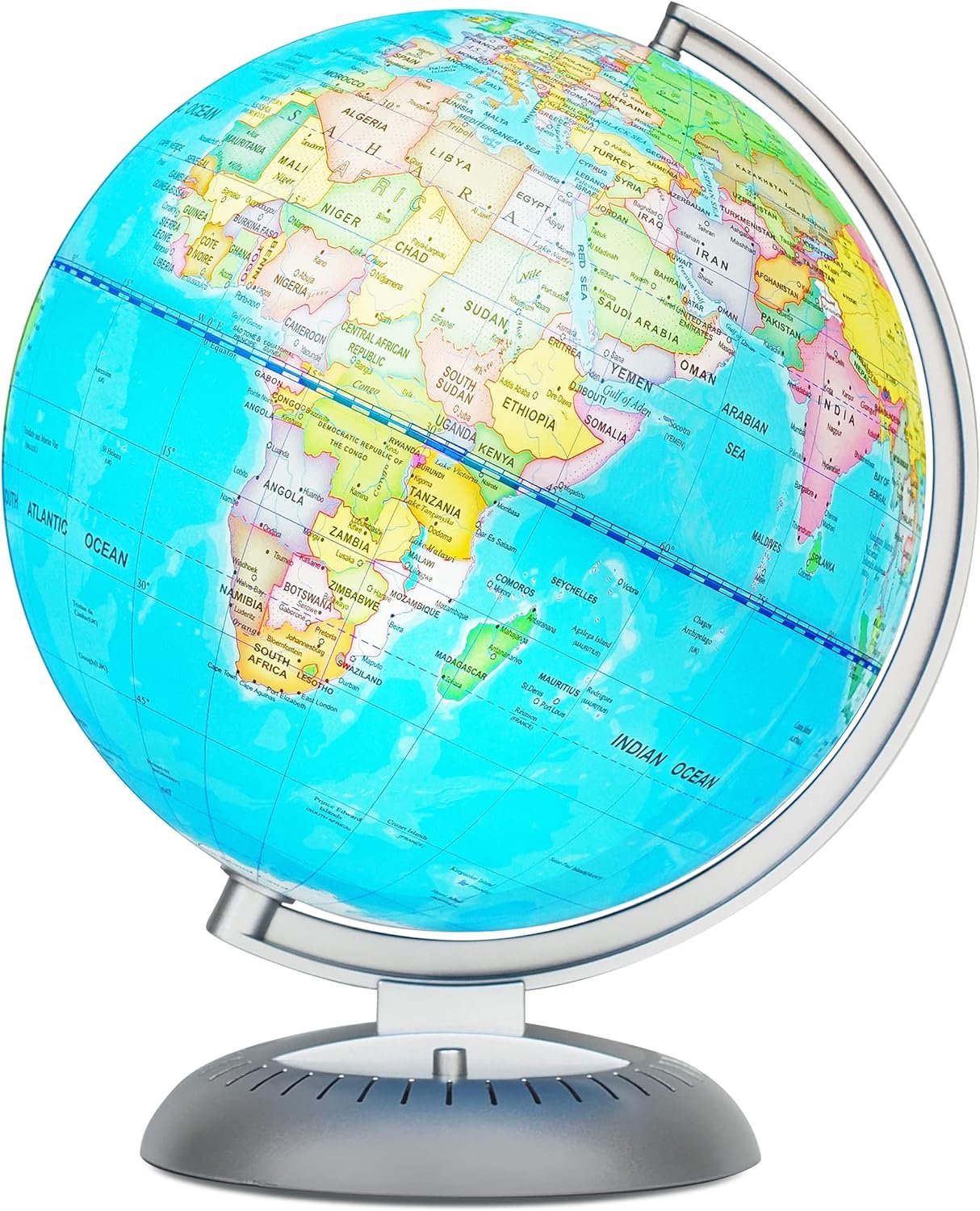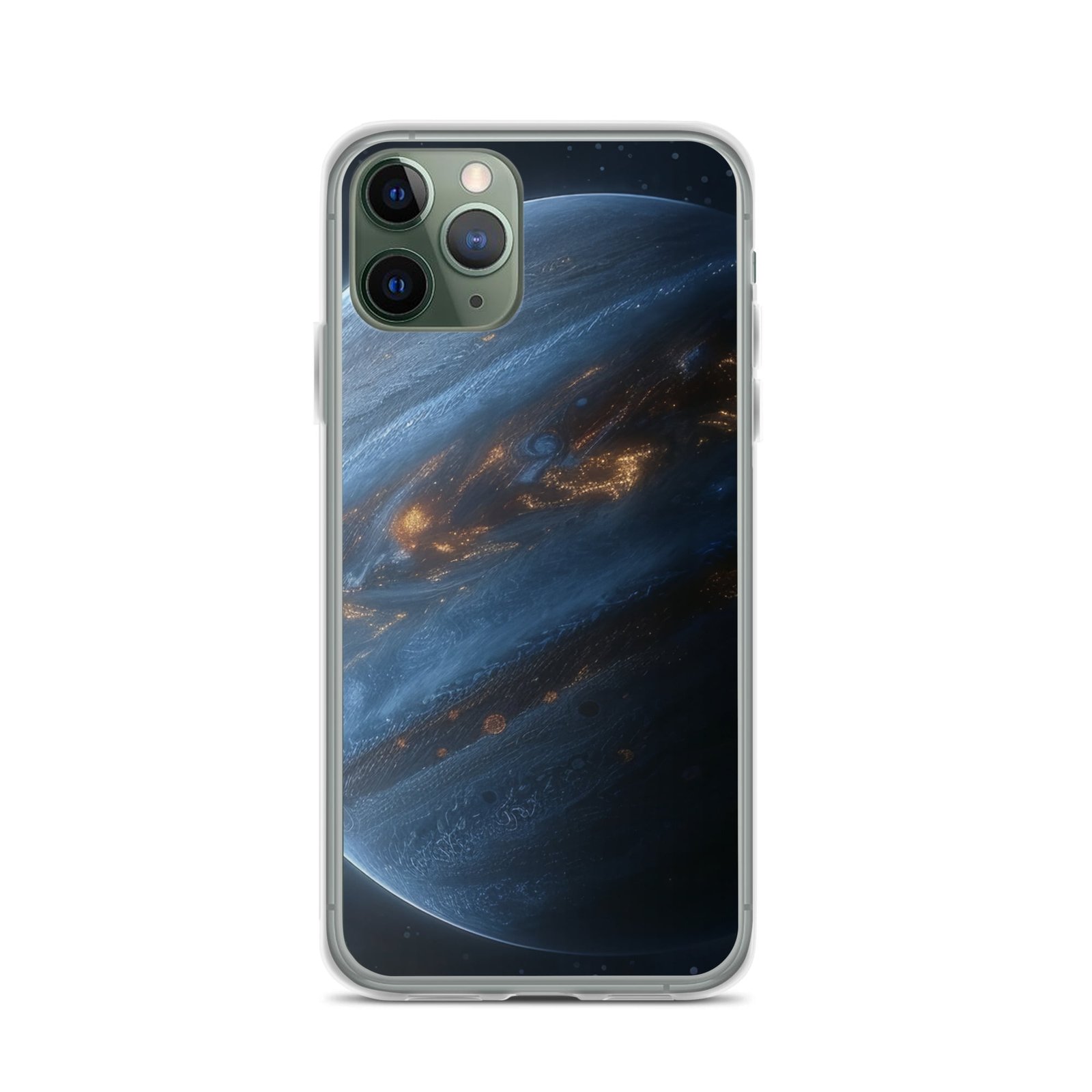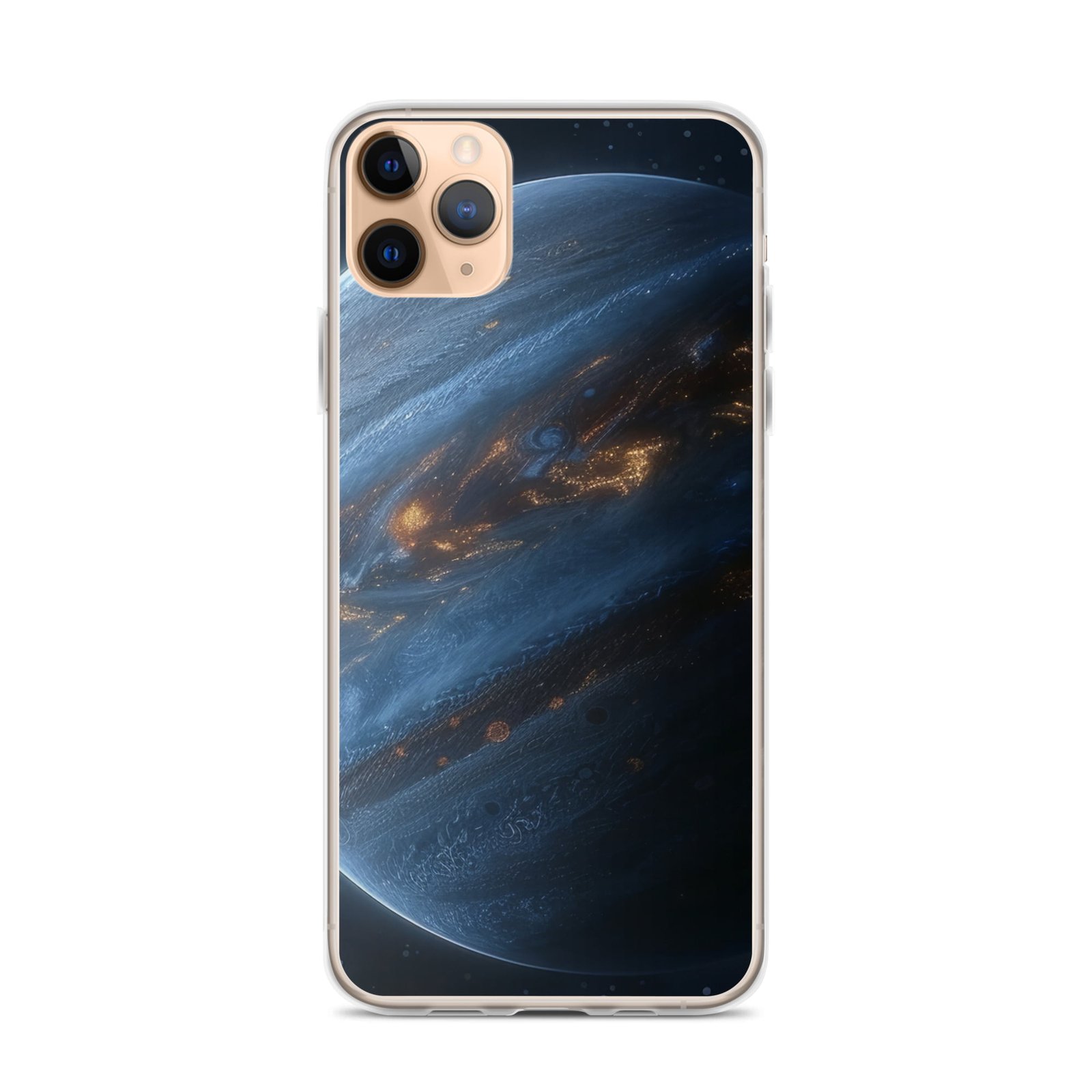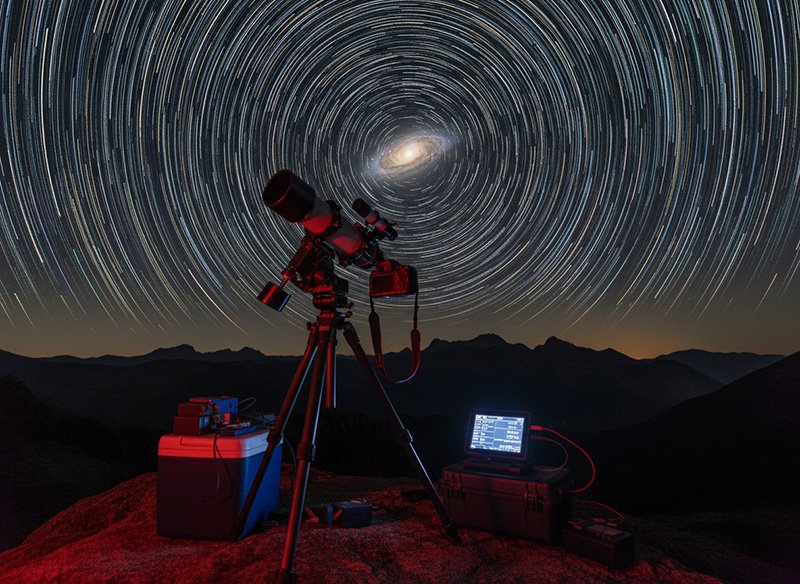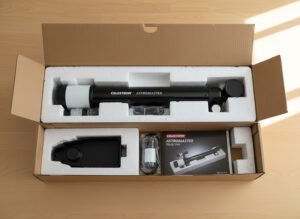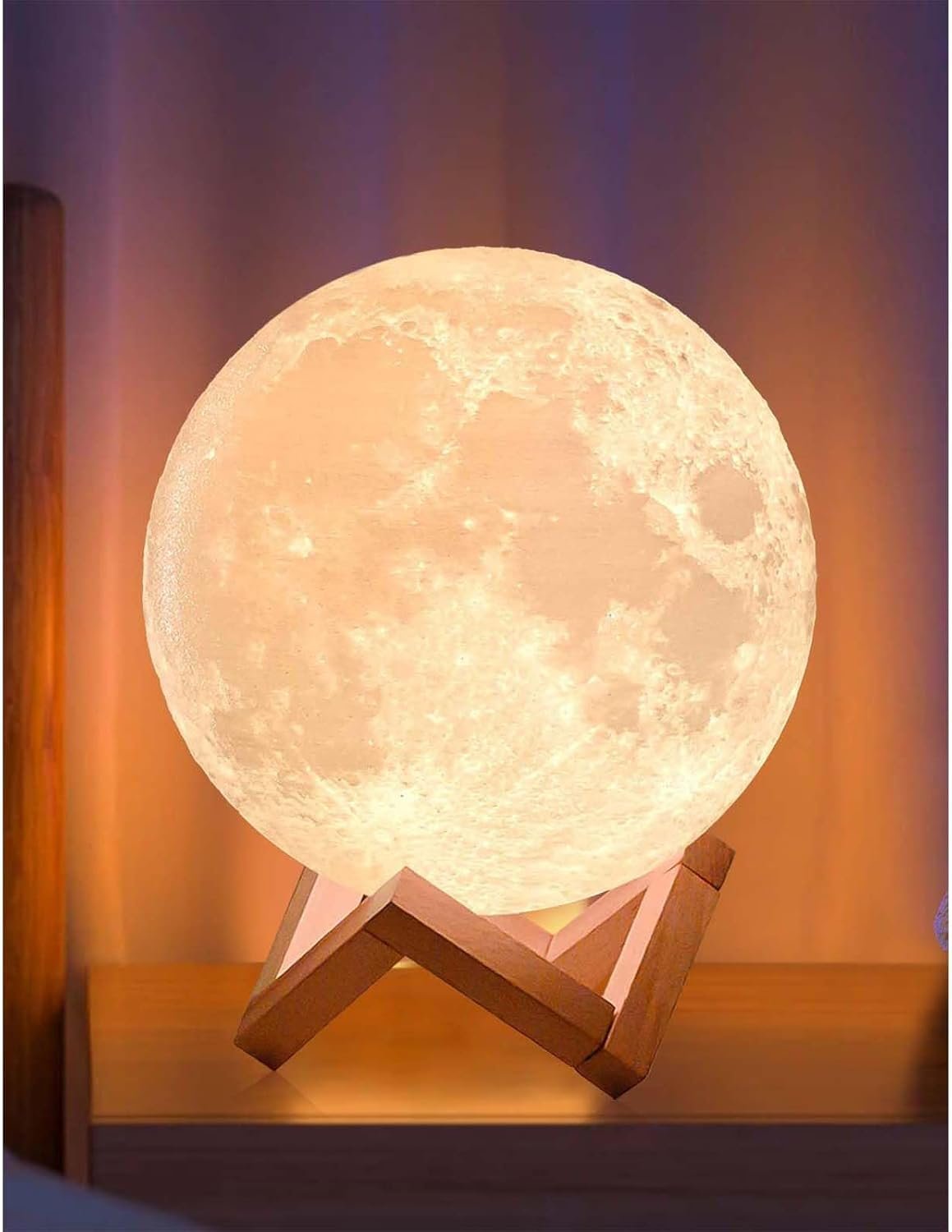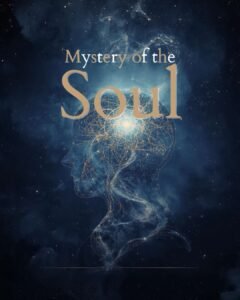
How many moons does Mars have? Discover the complete story of Mars’s two moons, Phobos and Deimos, their mysterious origins, bizarre orbits, and their ultimate cosmic fate.
Look up at our planetary neighbors, and the Red Planet, Mars, inevitably captures the imagination. While Earth has its single, familiar companion, a fundamental question often arises for both casual stargazers and seasoned astronomers: how many moons does Mars have?
The definitive answer is two. But behind that simple number lies a profound scientific enigma that challenges our understanding of how planetary systems form. This guide provides a comprehensive analysis of Mars’s two strange satellites, using decades of robotic exploration to tell their story.
🔥 Key Takeaways: The Martian Moons at a Glance
- Mars has two confirmed moons: They are named Phobos (Fear) and Deimos (Dread). Despite dedicated searches, no other moons have been discovered to date.
- Their origin is a central paradox: Their physical characteristics strongly suggest they are captured asteroids. However, their near-perfect circular, equatorial orbits are dynamically improbable for captured objects and instead suggest they formed alongside Mars.
- They are small and irregularly shaped: Both moons are non-spherical, low-density bodies often described as “rubble piles.” They are too small for their own gravity to pull them into a round shape.
- They have bizarre orbits from the Martian surface: The inner moon, Phobos, rises in the west and races across the sky multiple times a day. The outer moon, Deimos, moves so slowly it remains above the horizon for nearly 2.5 days.
- Their cosmic fates are sealed and opposite: Phobos is in a state of orbital decay, spiraling inward to be torn apart by Mars’s gravity in 40 to 50 million years. In contrast, Deimos is slowly receding and will one day escape the planet’s gravity entirely.
What Are the Names of Mars’s Moons and How Were They Found?

The story of Mars’s moons is a classic tale of scientific inquiry, where literary foresight and human perseverance converged with technological advancement.
Long before they were seen, they were predicted. In the 17th century, astronomer Johannes Kepler suggested, based on a sense of cosmic harmony, that if Earth had one moon and Jupiter had four, Mars must have two. Over a century later, Jonathan Swift included two small Martian moons in his 1726 novel Gulliver’s Travels, a prescient nod that is now honored with craters on Deimos named Swift and Voltaire.
The actual discovery was not an accident but a deliberate, theory-driven search. It was undertaken by American astronomer Asaph Hall in 1877, a year when Mars was exceptionally close to Earth. Hall’s critical advantage was the 26-inch Great Equatorical refracting telescope at the U.S. Naval Observatory—the largest in the world at the time.
The process was immensely challenging. Hall’s own calculations suggested any moons would be in very close orbits, making them difficult to spot against the planet‘s glare. After initial sightings were thwarted by fog, Hall was on the verge of abandoning the search. At this critical moment, his wife, Angeline Stickney, a skilled mathematician herself, provided the crucial encouragement for him to continue.
Heeding her advice, Hall returned to the telescope and secured his place in history.
- August 12, 1877: He conclusively identified the outer moon, Deimos (“dread”).
- August 18, 1877: Six nights later, he discovered the brighter, inner moon, Phobos (“fear”).
In a fitting tribute that immortalizes the human story behind the science, the largest and most prominent crater on Phobos is now named Stickney.
Phobos vs. Deimos | How Do the Moons of Mars Compare?

While they are often called twins, Phobos and Deimos are two very different worlds. Their physical and orbital characteristics, summarized from decades of data, paint a picture of a bizarre and unique satellite system.
| Parameter | Phobos (Inner Sentinel) | Deimos (Outer Companion) |
|---|---|---|
| Mean Diameter | 22.2 km | 12.6 km |
| Internal Structure | Low density (~1.86 g/cm³), high porosity (25-45%), considered a “rubble pile” | Assumed to be a porous, low-density body |
| Surface Geology | Dominated by the 9-km Stickney crater and enigmatic linear grooves | Noticeably smoother, covered in a thick layer of fine dust (regolith) that has filled in craters |
| Orbital Altitude | ~6,000 km (closer than any other moon in the Solar System) | ~23,460 km |
| Orbital Period | 7.66 hours (faster than Mars rotates) | 30.35 hours (slower than Mars rotates) |
| Long-term Fate | Orbital decay; will be torn apart to form a ring | Orbital recession; will eventually escape Mars’s gravity |
A Closer Look at Phobos: The Inner Sentinel
Phobos is an oblong, non-spherical body whose mass is far too low for gravity to overcome its material strength and form a sphere. Its most telling characteristic is its extremely low density, which strongly indicates it is not a solid object. This has led to the widespread acceptance of the “rubble pile” hypothesis: Phobos is a porous collection of boulders and gravel, held together loosely by gravity.
Its surface is ancient and one of the least reflective in the Solar System, with an albedo blacker than coal. The landscape is dominated by two features:
- Stickney Crater: A massive impact basin so large relative to Phobos that the impact must have come perilously close to shattering the moon entirely.
- Grooves: Enigmatic linear grooves crisscross the surface. Their origin is debated, with leading theories suggesting they are either fractures from the Stickney impact or “stretch marks” from the immense tidal forces exerted by Mars.
Deimos: The Outer Companion
Deimos is the smaller of the two moons and is compositionally similar to Phobos. However, its surface appearance is strikingly different. Deimos is noticeably smoother, lacking the giant craters and prominent grooves that scar its sibling.
This smoother appearance is attributed to a much thicker and more mature regolith (a blanket of fine dust) that has accumulated over eons. This layer has filled in older craters, giving the moon a subdued topography. It exists in a more placid state, free from the immense gravitational stresses that make Phobos a more geologically dynamic body.
The Great Debate | What is the Origin of Mars’s Moons?

The origin of Phobos and Deimos remains one of the most significant unsolved questions in planetary science. The competing hypotheses attempt to reconcile the contradictory evidence presented by the moons’ compositions and their orbits.
Hypothesis 1: The Captured Asteroid Hypothesis
This was the earliest and most intuitive theory. The primary evidence is compositional: the moons’ very low albedo, irregular shapes, and spectral properties are an excellent match for C-type or D-type asteroids common in the outer asteroid belt.
- The Contradiction: This hypothesis faces a near-insurmountable dynamical problem. For Mars to capture a passing asteroid, the process would almost certainly result in a highly eccentric and inclined orbit. It is exceedingly difficult to explain how two separate asteroids could have been captured and then had their orbits so perfectly circularized and aligned with Mars’s equator.
Hypothesis 2: The Giant Impact Hypothesis
This theory proposes that a large body—perhaps the size of a dwarf planet—collided with a young Mars. This catastrophic impact would have ejected a vast amount of material into orbit, forming a hot, dense debris disk around the planet’s equator, from which Phobos and Deimos then accreted.
- The Contradiction: This model’s greatest strength is that it perfectly explains the circular, co-planar orbits. However, the primary challenge is composition. A debris disk formed from a giant impact should be made of super-heated material from the Martian mantle, not the primitive, asteroid-like material we observe.
✍️ A Personal Observation on Decades of Research
As someone who has followed the progression of planetary science through the data sent back from robotic explorers, the origin story of Mars’s moons is a perfect illustration of the scientific method. For years, looking at the early, grainy images from Mariner 9, the captured asteroid theory felt like a closed case. They looked exactly like the lumpy, battered asteroids we saw elsewhere.
However, as our understanding of orbital dynamics improved with data from missions like Viking, that simple explanation began to crumble. The physics just didn’t support a capture into such perfect, orderly orbits. The emergence of the giant impact hypothesis was an elegant attempt to solve the orbital problem, but it introduced a stark compositional contradiction. This impasse—where two leading theories are foiled by each other’s strengths—is the very heart of the mystery. It shows that more data doesn’t always lead to a simpler answer; sometimes, it reveals a more profound and compelling puzzle.
A History of Robotic Scrutiny on the Moons of Mars

Our understanding has been built incrementally over five decades, with each mission peeling back a new layer of mystery.
- Mariner 9 (1971-72): Provided the first-ever close-up images, confirming the moons’ irregular shapes and heavy cratering, and first identifying Stickney crater.
- Viking 1 & 2 Orbiters (1976-80): Discovered the enigmatic grooves on Phobos and provided the first reliable density estimates, strengthening the theory that the moons had a carbonaceous composition.
- Mars Global Surveyor (1997-2006): Confirmed the moons are covered in a thick layer of fine powder and captured images of boulder tracks, revealing hints of active geology.
- Mars Express (2003-Present): Provided precise gravity data that confirmed Phobos’s high porosity, offering the strongest evidence yet for the “rubble pile” internal structure.
- Mars Reconnaissance Orbiter (2006-Present): Captured the highest-resolution images to date, providing exceptionally detailed views of craters, grooves, and surface texture.
What is the Future of the Moons of Mars? MMX and Beyond

After five decades of remote observation have led to an impasse, the next logical step is direct, tangible analysis. The upcoming Martian Moons eXploration (MMX) mission, led by the Japan Aerospace Exploration Agency (JAXA), aims to provide the “ground truth” needed to solve the origin mystery.
Scheduled for launch in 2026, MMX is an ambitious robotic sample-return mission. Its primary objective is to collect at least 10 grams of regolith from the surface of Phobos and return it to Earth for analysis in 2031. This sample will be transformative.
- If laboratory tests show an isotopic match to Martian meteorites, it would provide definitive proof for the giant impact theory.
- Conversely, if the sample is found to be a pristine carbonaceous material with no link to Mars, it would strongly favor a capture-related origin scenario.
Beyond pure science, MMX is a stepping stone for human exploration. Phobos and Deimos are being seriously considered as potential staging areas for crewed missions to the Martian surface. MMX will provide the first essential, on-the-ground data about surface conditions and resource potential.
Cosmic Fates | What Will Happen to Phobos and Deimos?

The two moons are locked in a celestial dance, but their ultimate destinies are starkly different and entirely predictable, sealed by their orbital positions relative to Mars.
The Demise of Phobos
Phobos orbits well inside Mars’s synchronous point. This means the tidal bulge it raises on Mars lags behind it, acting as a gravitational brake. This causes Phobos to lose orbital energy and spiral slowly but inexorably inward at a rate of about 1.8 meters per century.
This is a death sentence. In approximately 40 to 50 million years, Phobos will descend to the Roche limit, where the tidal forces exerted by Mars will exceed the moon’s own gravity. The fragile “rubble pile” will be torn apart. The resulting debris will form a spectacular but temporary ring around Mars, which will eventually rain down onto the planet.
The Escape of Deimos
Deimos orbits outside the synchronous point. In this configuration, the tidal bulge on Mars accelerates the moon, causing it to slowly gain orbital energy and gradually move away from the planet. This is the same process causing Earth’s Moon to recede from Earth. Over vast geological timescales, Deimos will continue to spiral outward until it eventually breaks free from Mars’s gravitational grasp entirely and becomes an independent object orbiting the Sun.
❓ Frequently Asked Questions (FAQ)
How many moons does Mars have officially?
Mars has two confirmed natural satellites: Phobos and Deimos. While dedicated searches have been conducted for additional, smaller moons, none have been discovered.
Why are the moons of Mars not round?
Phobos and Deimos are too small for their self-gravity to overcome the material strength of their constituent rock. This means they cannot pull themselves into a hydrostatic equilibrium, which is a spherical shape.
Will Phobos crash into Mars?
Phobos will not crash into Mars as a single body. Instead, in 40 to 50 million years, it will reach the Roche limit and be torn apart by Mars’s tidal forces, forming a debris ring that will then eventually rain down onto the planet’s surface.
What would the moons of Mars look like from the surface?
Phobos would appear about one-third the angular diameter of Earth’s full Moon and would strangely rise in the west and set in the east in just over four hours. Deimos would appear not as a disk, but as a very bright star, and would move so slowly it would remain above the horizon for nearly 2.5 days.
What are the grooves on Phobos?
The enigmatic linear grooves on Phobos are a subject of intense debate. They may be deep fractures radiating from the giant Stickney impact, or they could be “stretch marks” formed by the tidal forces from Mars that are slowly tearing the moon apart.

